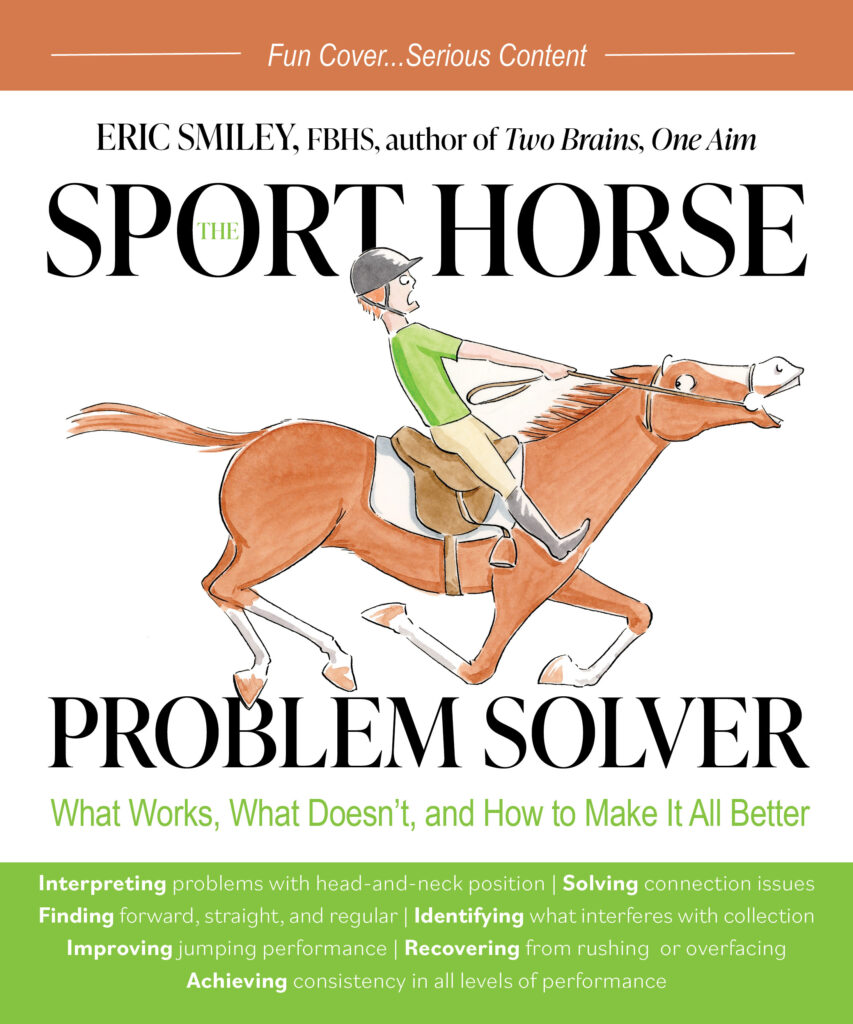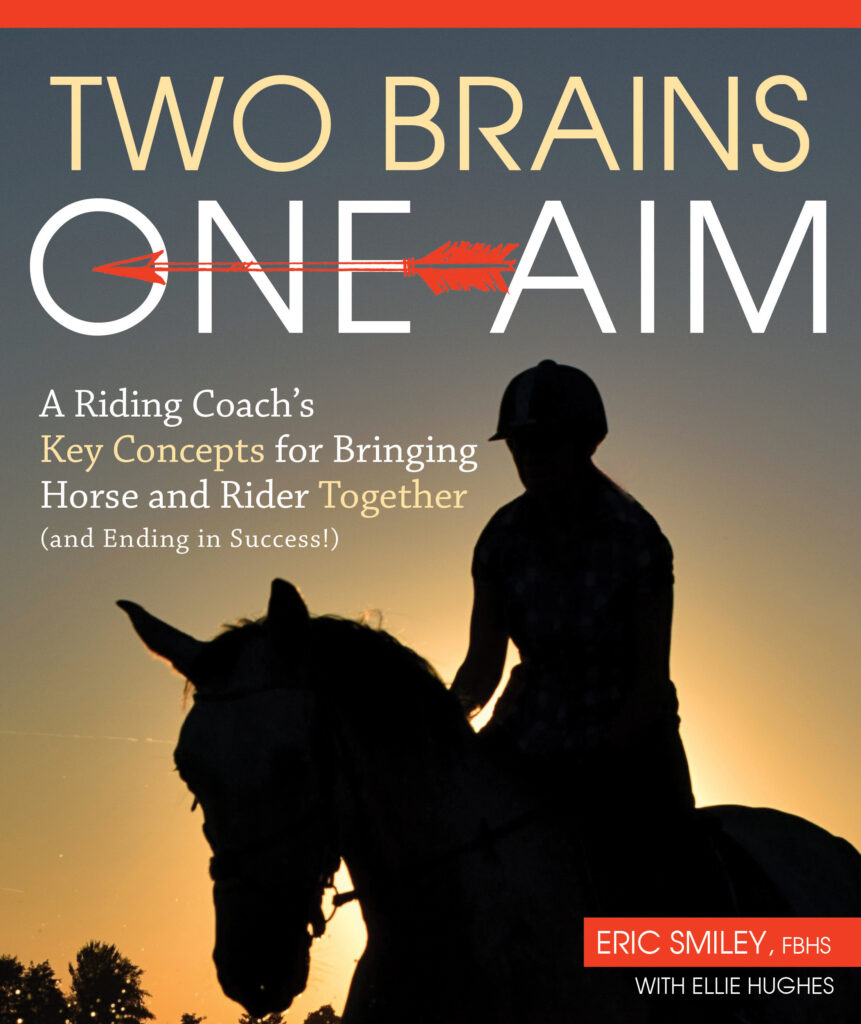AMA: How Important Is ‘Bit Fitting’ Really?

How important is ‘bit fitting’ really? What are some of the most basic things I need to know when trying to select an appropriate bit for my horse on my own?
“We should all strive to make the horse as comfortable as possible and what goes in his mouth is critical for both their mental and physical well-being. A correctly fitted bit should have a mouthpiece that fits the size of the horse’s mouth not only in its width (a quarter of an inch either side of the lips), but also in the diameter of the actual piece in the mouth. A fine mouthpiece can be a sharp feeling, yet a fat mouthpiece although less severe must not be too bulky for the animal. The bit should feel comfortable for the horse to encourage him to take a contact with the rider’s hand (similar to a polite handshake).
The shape, size and construction of the mouthpiece is also important. Each mouth has a different shape so it may be worth borrowing some bits to find which one he is happiest in. Remember ‘contact’ is not something that just happens at the front end, it is the result of a horse being “through” from the back end.

We are in an era where horse welfare has never been so much in the public eye. That works in many different ways and not always in the horse’s favor! Misguided information in the marketing of the myriad of bits available can be confusing and misleading. Remember the bit companies are there to sell you something and make money. They will play on the ‘kinder,’ ‘less pressure,’ ‘more sensitive,’ ‘better contact’ themes that make it sound that is a must have bit. Even the conversation about bitless bridles is very misleading and should be treated with caution.
The leg aids are the primary aids. However, we have been drawn to bits and bitting to achieve a result instead of the correct acceptance and understanding of ‘leg to hand.’ A simple snaffle bit with the understanding that ‘legs mean accept the hand’ should produce a softening of the poll and lower jaw which will aid the contact. A good contact begins with the good balance of the rider and correct understanding of what the rider is asking for in their ‘conversation’ with the horse. After all, it’s not what you’ve got it’s how you use it!”
– Eric Smiley

Eric Smiley, FBHS is a former international event rider who represented Ireland at European, World, and Olympic level, winning team bronze medals on two occasions. Smiley began his equestrian career in the Pony Club, and continued it in the army and at the world-renowned Talland Equestrian Center in the United Kingdom, during which time he gained his British Horse Society Instructor’s certificate. In 1995 Smiley passed his British Horse Society Fellowship exam, the highest teaching qualification in the industry. Smiley was Team Coach of the Belgian Eventing team for the 2011 European Eventing Championships and 2012 London Olympics and was an FEI judge who regularly acted as a Ground Jury member. Smiley is the author of the cross-country bible Look…No Hands!, The Sport Horse Problem Solver, and Two Brains, One Aim. He travels the globe helping professional and amateur riders achieve their goals.
AMA:
Got a question? Ask us anything and we’ll find the answer. Email us: [email protected]


